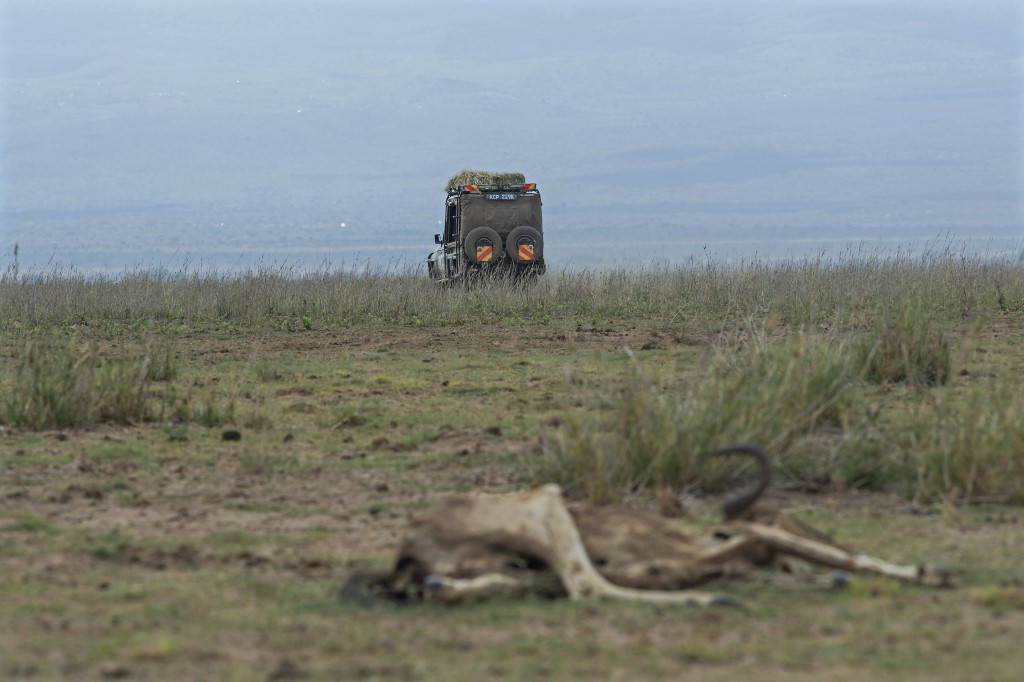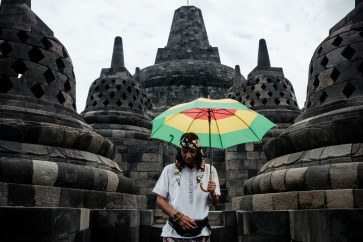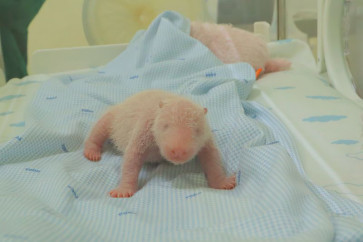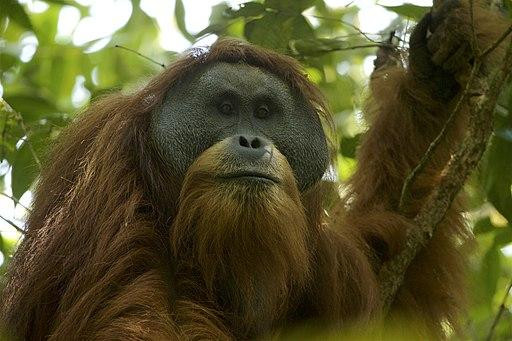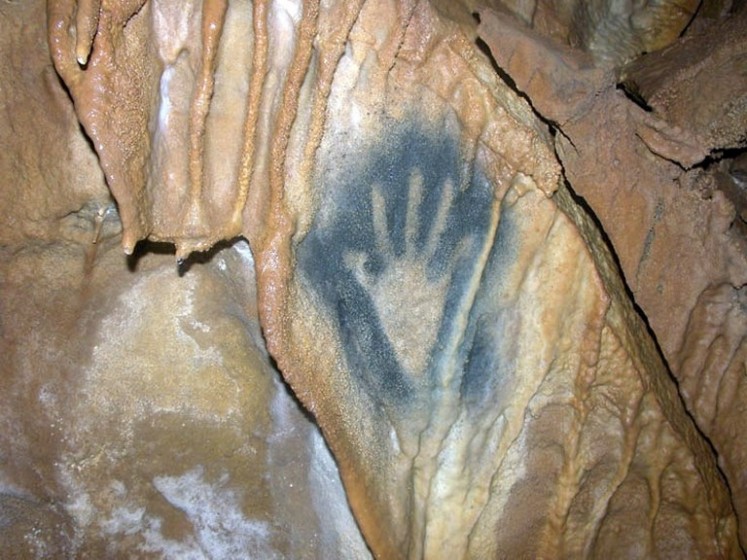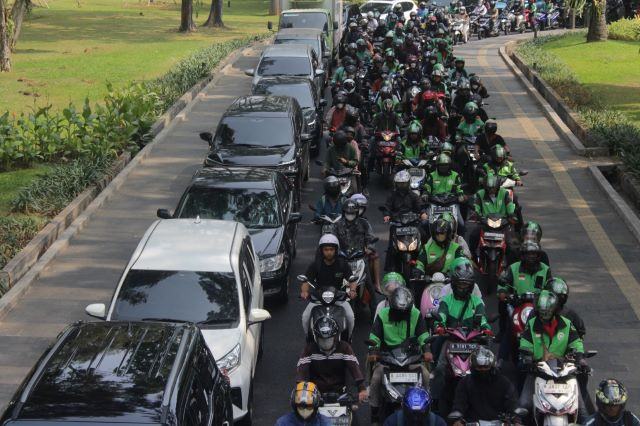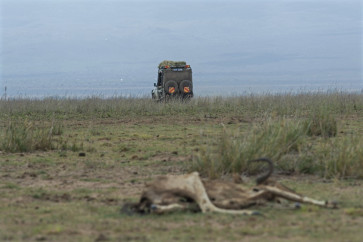Popular Reads
Top Results
Can't find what you're looking for?
View all search resultsPopular Reads
Top Results
Can't find what you're looking for?
View all search resultsKenya drought leaves wildlife gasping for breath
Animal bones lie along the trails and emaciated trees with yellowing leaves bear witness to the impact of the worst drought in 40 years.
Change text size
Gift Premium Articles
to Anyone
A
s he peers at the carcass of the young elephant, Kenyan park ranger Josphat Wangigi Kagai says such disturbing sights have become all too familiar -- a reflection of the vicious drought sweeping across the Horn of Africa.
"I used to wear a face mask because of the smell of rotting animals, but now I am used to it," the 37-year-old told AFP, his voice thick with sadness.
In southern Kenya's famed Amboseli National Park, flanked by the majestic Mount Kilimanjaro, the signs of the drought are everywhere.
The earth is dry and cracked, animal bones lie along the trails and emaciated trees with yellowing leaves bear witness to the impact of the worst drought in 40 years.
Its latest victim was just seven years old -- far shy of the species' usual life expectancy of six decades.
"For the past few weeks, we've been doing this almost every day," he said, using an axe to remove the animal's tusks to prevent poachers from taking them.
"It makes me feel so sad," said the Kenya Wildlife Service (KWS) ranger, who has worked in the park since 2016.

